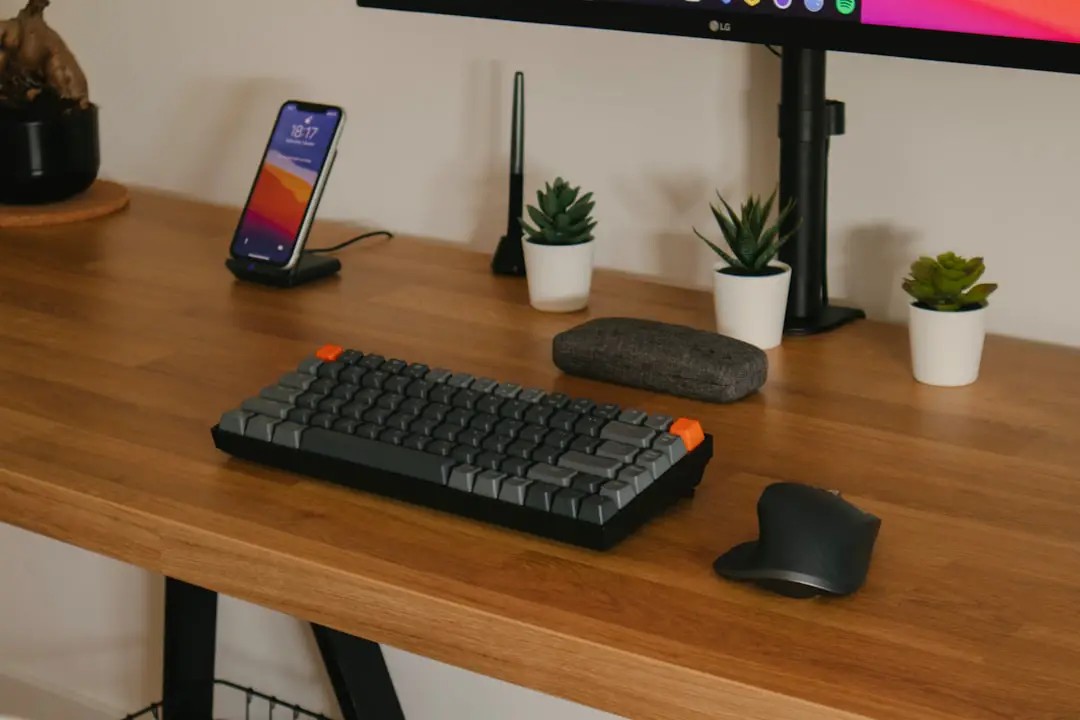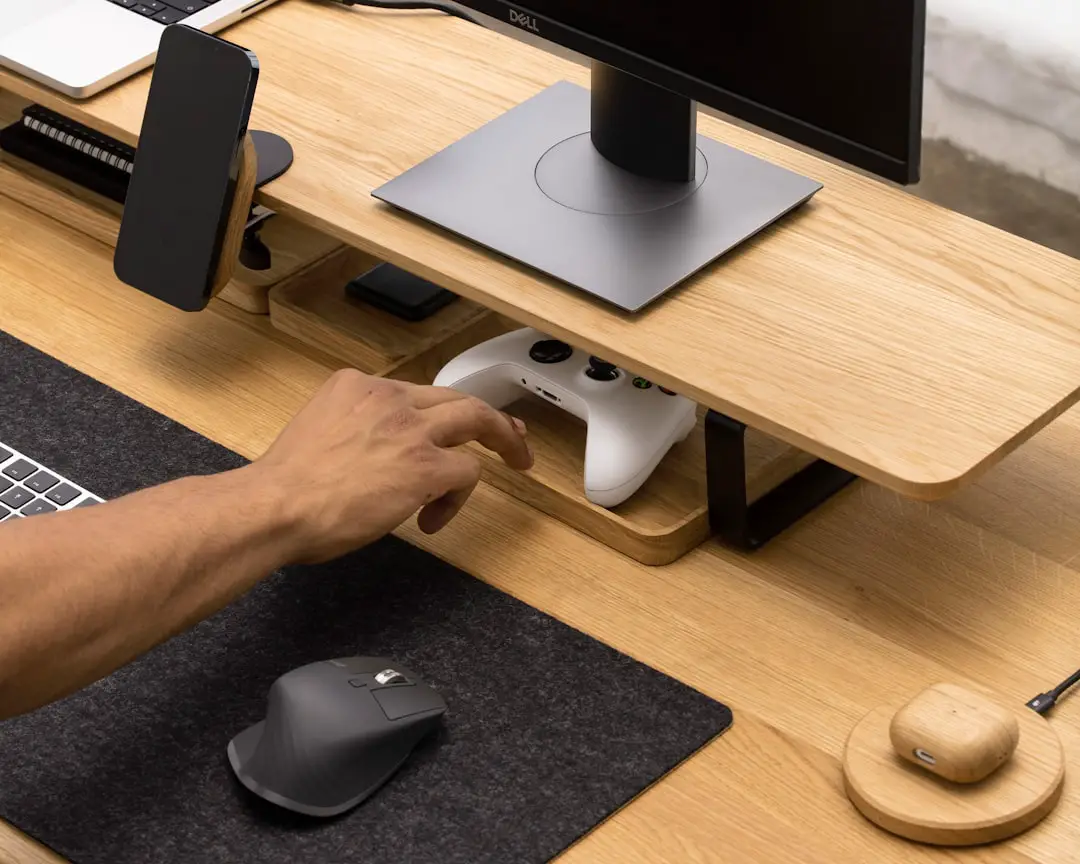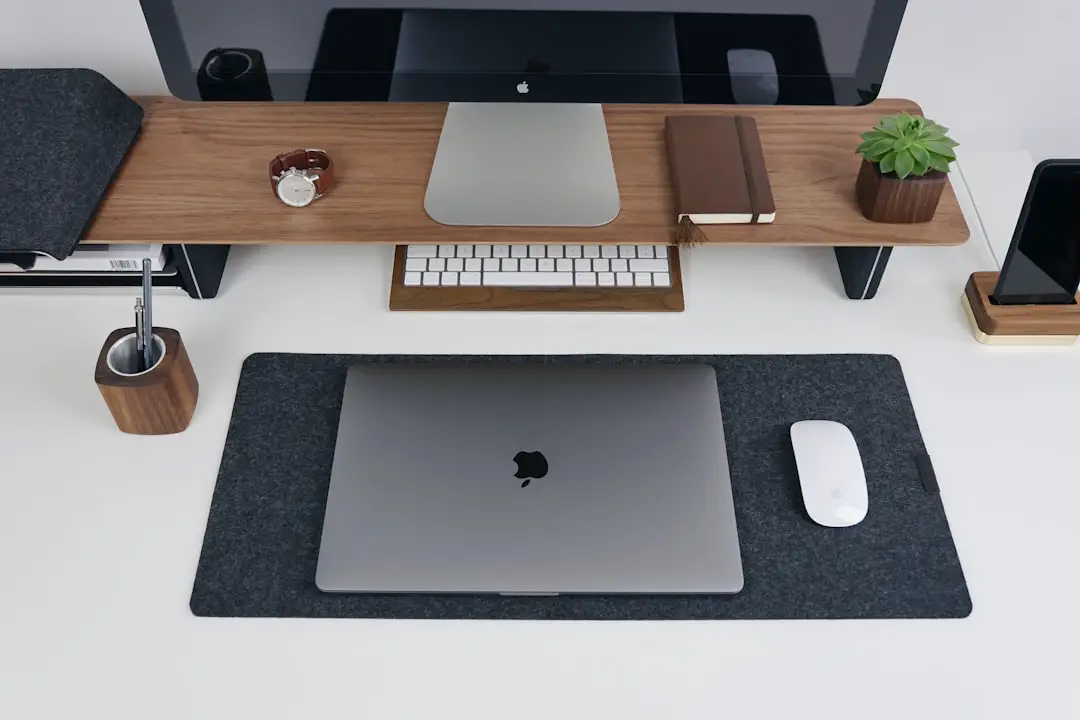In today’s digital age, many of us spend countless hours in front of computer screens. Whether for work, gaming, or content creation, prolonged computer usage has become a daily norm. With this, ergonomic concerns have surged, and one item that commonly enters the conversation is the computer keyboard tray. Manufacturers and ergonomics experts alike claim that keyboard trays can significantly improve posture and reduce discomfort. But do they really live up to this promise?
Let’s take a closer look at how computer keyboard trays function, their potential posture benefits, and whether they’re truly essential for a healthy desk setup.
What Is a Computer Keyboard Tray?
A computer keyboard tray is a platform mounted beneath a desk to hold the keyboard and sometimes the mouse. Typically, these trays are designed to slide in and out, and better models offer features such as tilt adjustment, swivel capability, and height control. Their primary purpose is to place your hands and wrists in a more natural position while typing, helping reduce strain on the upper body during prolonged computer use.

Understanding Posture and Ergonomics
Before assessing the impact of computer keyboard trays, it’s important to understand what constitutes “good posture” while working at a computer:
- Feet should be flat on the floor or a footrest.
- Knees should be at or slightly below hip level.
- Back should be supported, maintaining the natural curve of the spine.
- Elbows should be close to the body and bent at an angle between 90 and 120 degrees.
- Your screen should be at eye level, and the keyboard should be positioned so your wrists are straight.
The core principle of ergonomics is to tailor the workstation to the user—not the user to the workstation. A poor setup can lead to muscular strain, carpal tunnel syndrome, and long-term injuries.
How Keyboard Trays Improve Posture
Computer keyboard trays can contribute to better posture in a number of ways:
1. Lowering the Typing Surface
In many standard desks, the keyboard sits at the same level as the desktop, which tends to be too high for ideal typing. This can cause the user to shrug their shoulders or elevate the forearms, leading to muscle fatigue. A keyboard tray can lower the typing surface, allowing for a more neutral arm and wrist posture.
2. Adjustable Angles
Some trays allow users to angle the keyboard to match their wrist’s natural resting position. A proper negative tilt—where the keyboard slopes away from the user—can reduce wrist extension and help avoid repetitive strain injuries.
3. Improved Reach and Mouse Placement
Many keyboard trays also accommodate a mouse platform that can be adjusted independently. This helps keep the mouse and keyboard close together and on the same plane, minimizing reach and reducing the risk of shoulder strain.

Scientific Evidence and Expert Opinions
There is a growing body of ergonomic research that supports the use of adjustable keyboard trays. According to a study published in the journal Applied Ergonomics, office workers who used keyboard trays reported reduced instances of shoulder discomfort and wrist pain, compared to those using fixed-surface desks. Other studies highlight the role of trays in facilitating recommended negative keyboard tilts, which help reduce wrist extension—a known factor in carpal tunnel development.
The Occupational Safety and Health Administration (OSHA) and the Canadian Centre for Occupational Health and Safety both reference keyboard trays as useful tools in achieving ideal ergonomic positions, particularly when existing furniture cannot be adjusted otherwise.
Potential Downsides and Considerations
Despite their benefits, keyboard trays are not a one-size-fits-all solution. There are some potential drawbacks to consider:
- Limited leg room: Some trays can interfere with leg space, especially bulkier models or those poorly installed.
- Stability issues: In cheaper units, the tray might wobble or feel flimsy, which can be counterproductive and even frustrating during use.
- Improper setup: If not positioned correctly, a tray may do more harm than good. For example, a tray placed too low may lead to hunching or neck strain.
It’s crucial to ensure that the tray is adjustable enough to meet your specific body dimensions and typing habits. Consulting with an ergonomics specialist or purchasing equipment with robust configuration options may mitigate these issues.
Are Keyboard Trays Right for Everyone?
Not everyone needs a keyboard tray to maintain a healthy ergonomic posture. Many modern desks, especially sit-stand models, are designed with ergonomics in mind and may offer a good typing height without additional equipment. Additionally, people who use laptops exclusively might benefit more from docking stations and external keyboards than a traditional tray setup.
Here are a few signs that a keyboard tray might benefit you:
- You experience frequent wrist, shoulder, or neck pain while typing.
- Your desk is too tall and causes your arms to elevate while typing.
- You find that your mouse is too far from your keyboard and you constantly reach for it.
Alternatives to Keyboard Trays
If a keyboard tray doesn’t work for your setup or budget, consider these alternatives:
- Height-adjustable desks: These allow for full customization of your entire workstation height.
- Keyboard stands or risers: These can help achieve a more comfortable typing angle on traditional desks.
- Ergonomic keyboards: These often feature built-in angles and designs that reduce wrist strain.
The most important thing is to adjust your workstation in ways that promote natural, relaxed body mechanics and prevent forced or tense postures.
Final Verdict: Do Keyboard Trays Really Help?
In conclusion, keyboard trays can significantly improve working posture for many individuals, particularly those with fixed-height desks or those who experience upper body strain during prolonged computer use. They allow for greater customization of keyboard and mouse placement, often solving posture issues tied to poor desk ergonomics.
However, like any ergonomic solution, their benefits are not universal. A poorly designed or incorrectly installed tray may do little to improve your comfort—and may even make things worse. Therefore, when choosing a computer keyboard tray, prioritizing adjustability and build quality is critical. Most importantly, assess your existing workstation holistically, and don’t rely on a single piece of equipment to resolve posture problems.
Whether you’re a remote worker, an office-based employee, or an avid gamer, investing time in a proper ergonomic setup—including a well-placed keyboard tray—could be a step toward better health and productivity in the long term.

